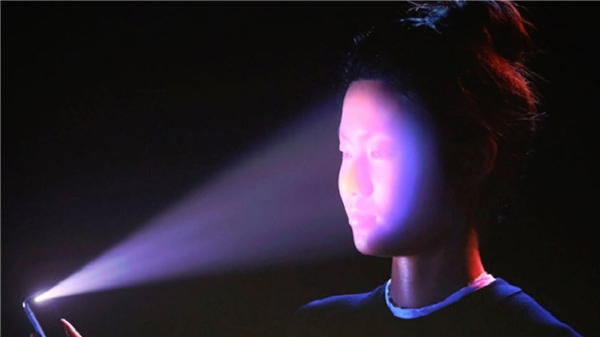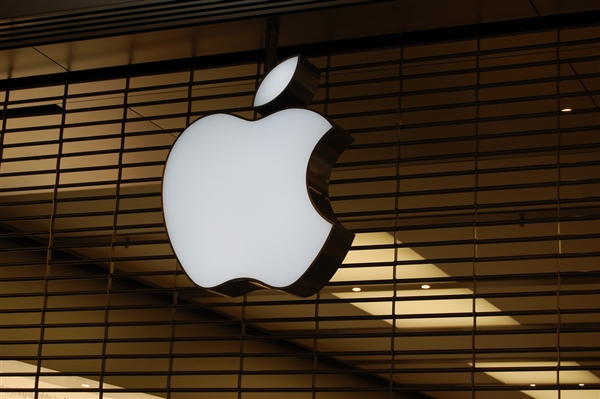With iPhone X, Apple ushered in the age of bangs. Inside the fringe, Apple has implemented 3D face recognition by stuffing a primal sensing camera system with sophisticated components: an infrared lens, a flood sensor, a distance sensor, an ambient light sensor, a front-facing camera, and a dot-matrix projector.

The dot matrix projector projects multiple invisible light spots on your face to draw your unique face spectrum, and then the infrared lens reads the dot matrix pattern to capture the infrared image, and then sends the data to the security partition in the bionic chip to confirm whether it matches and complete the unlock.

After years of technological evolution, Apple is gradually reducing the size of its bangs. According to appleinsider, Apple will include in-screen Face ID technology in the 2024 iPhone 16 Pro, in which only the front-facing camera will be visible. Other sensors and components will be hidden below the screen.
According to sources, Apple originally planned to implement under-screen Face ID on the iPhone 15 Pro line, but it didn’t work well enough, so it postponed the technology to iPhone 16 Pro. With under-screen Face ID, the iPhone 16 Pro will be Apple’s most well-designed phone on the market. It’s worth looking forward to.
Read Also: FIEABOR Q06P Review – Dual-Motor Electric Scooter at $1,399.99 From Banggood
Another big change for iPhone 16 series is that both the Pro and Ultra models will have a hidden telephoto lens. iPhone 15 Ultra will be exclusive to the hidden telephoto lens when it debuts later this year.

.jpg)







